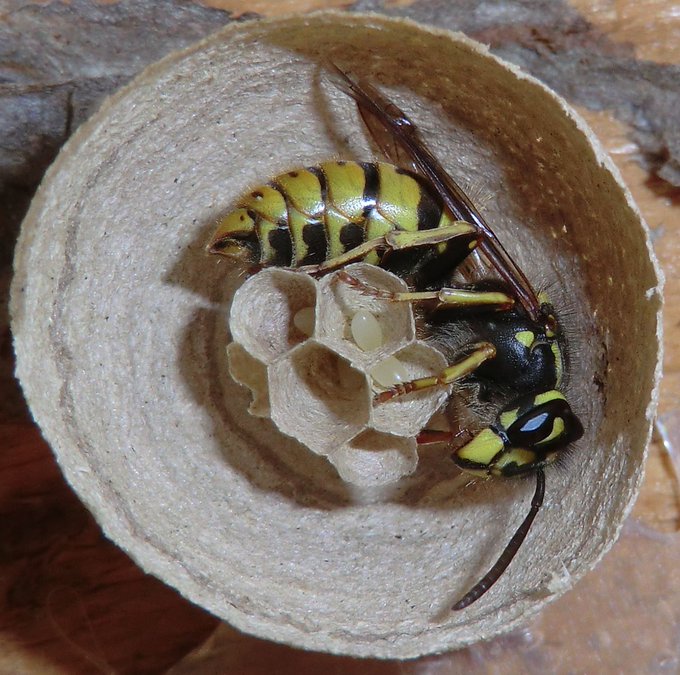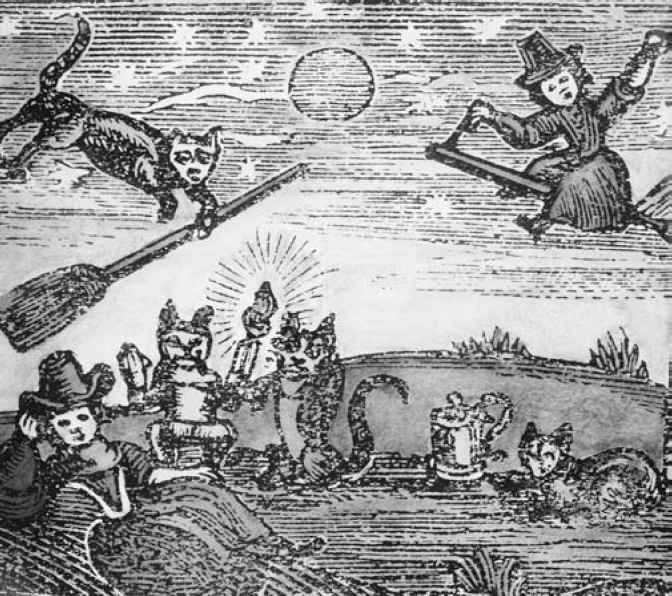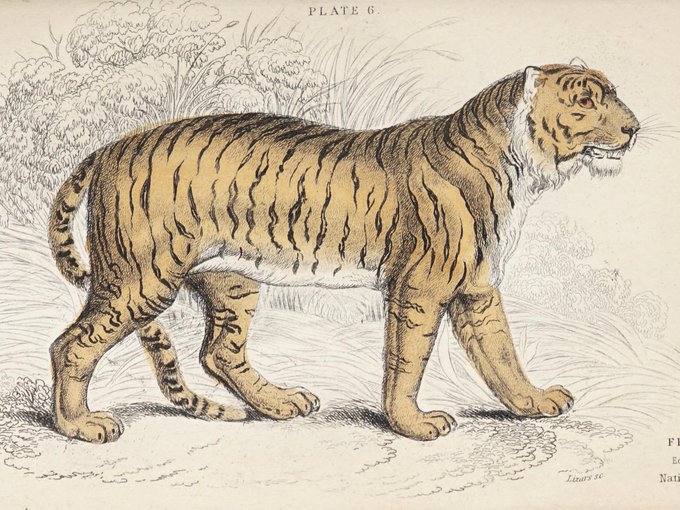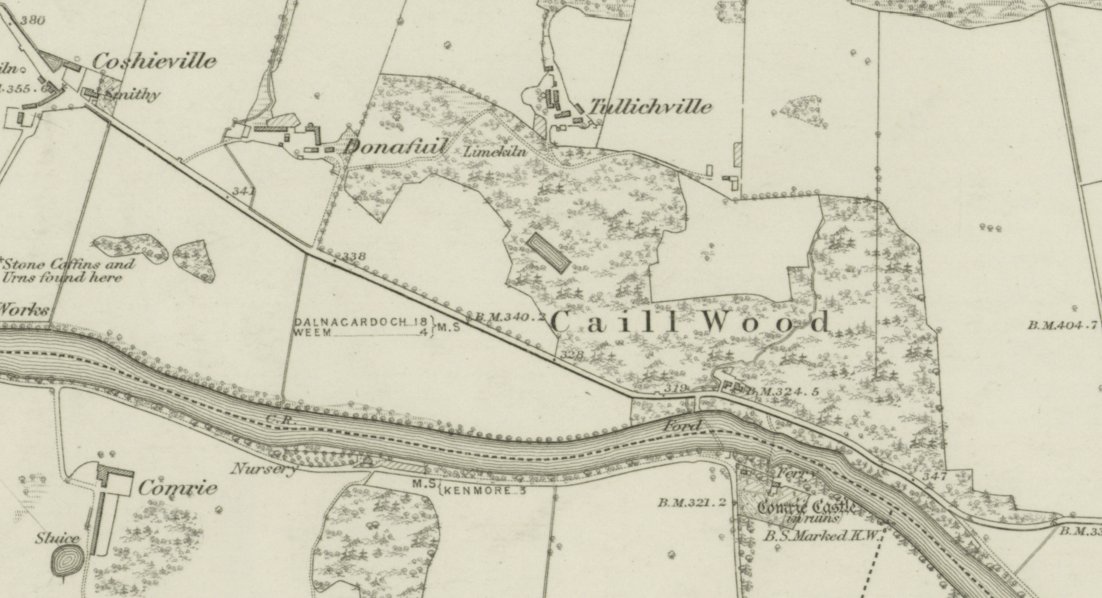In 1631, the Burgh of Peebles made it illegal to let your chicken eat your neighbours thatched roof. In 1656, the Burgh ordained that all chickens must wear wooden clogs to prevent them flying up onto rooves.

In 1631, the Burgh of Peebles made it illegal to let your chicken eat your neighbours thatched roof. In 1656, the Burgh ordained that all chickens must wear wooden clogs to prevent them flying up onto rooves.

In parts of the Highlands, if a crewmember of a herring boat was suspected of having brought bad luck on board, his crewmates would steal his bed, tow it out to sea, then set fire to it.

In the 17th century in Kilmartin, Skye, “melancholy and low spirits” were treated by the blacksmith. The patient was held face up on the anvil while the smith wound up with his biggest hammer. He’d swing it down and deliberately miss as close as he could. Spirits lifted! It was said of the blacksmith “he ends in a Faint, else he Cure the Patient of all diseases…”

Until the 1960s, many Highland games in Perthshire and Angus had a wasp catching competition for kids. To win the “Queen Wasp Cup” you had to catch, kill, and pin the most wasp queens to a piece of card.

The farm of Turniemoon was said to be the place where, every 28 days, the Calder witches met to turn the moon by hand, fearing that the switch to the Gregorian calendar in 1582 had confused the moon and that it might disappear from the night sky.

The name of the farm, near West Calder, is actually derived from Torr na Moine, Gaelic for “hill of the peat bog”, but I always prefer folk etymologies!
Traditionally in Strathspey, A witch had 5 options for transformation, depending on what they had to do that day. A hare, A cat, A raven, A magpie, or a medium-sized flattish stone.

A Stone: The witch is supposed to transform into a stone and wiggle into the ground right in the path of the farmer’s plough. This causes a jam between the coulter (4) and the sock (5) and makes the plough skid above the surface, leaving a patch of fallow soil called the bauk.

The other roles explained:
A hare: for sneaking around the farm and fields.
A cat: for getting access into people’s homes.
A raven: for travelling long distances (like to conferences, demonic AGMs etc.)
A magpie: for nipping round to a friend’s house to talk witchy stuff.
On 29th October 1807 an Invermoriston woman awoke to find a Bengal tiger in her house.
It leapt 16ft across the room at her before being chased outside. It had escaped from a menagerie at Brahan Castle and was said “to have done considerable mischief”

In October 1525, Archbishop of Glasgow, Gavin Dunbar wrote an angry hellfire and damnation curse upon the Border Reivers to be read out before mass in the areas the Reivers preyed on. 1478 words long, here are some snippits in modern Scots.

“I CURSE thair heid an aa the hairs o thair heid; I CURSE thair face, thair een, thair mouth, thair nose, thair tongue, thair teeth, thair craig, thair shoulders, thair breist, thair hert, thair stomach, thair back, thair wame, thair arms, thair legs, thair hands, thair feet an ilka pairt o thair body, frae the tap o thair heid tae the sole o thair feet, afore an ahint, within an outwith. I CURSE thaim gangin, an I CURSE thaim ridin; I CURSE thaim staunin, an I CURSE thaim sittin; I CURSE thaim eatin, I CURSE thaim drinkin;”
He goes on:
“I CURSE thaim waukin, I CURSE thaim sleepin; I CURSE thaim risin, I CURSE thaim lyin; I CURSE thaim at hame, I CURSE thaim frae hame; I CURSE thaim in the house, I CURSE thaim out the house…”
He also CURSES: their wives, bairns, servants, crops, cattle, wool, sheep, horses, pigs, geese, hens, livestock, halls, rooms, kitchens, stables, barns, byres, yards, kail, ploughs, harrows…
You can hear the whole (9 minutes) of the curse here: http://reivers.info/the-bishops-curse-dialect/
Borland, R. (1898) Border Raids and Reivers. Thomas Fraser, Dalbeattie. pp. 274-279
In 1348 a tax was levied to protect Dumbarton from wolves. Paid annually, the “Watchmeal of Kilpatrick” paid for the food for the wolf-hunter’s dogs.

In 1975, the funds were still available to Dumbarton Public Library to buy books. Talk about old money.
You can read more about the wolves of Lomondside here: biodiversitylibrary.org/page/53410734
Whilst the workmen engaged in repairing the dykes round Calwood, near Coshieville, were so employed last week, one of them accidentally came on an earthen jar in the old dyke, filled with money. This is supposed to be one of those treasures which Donuch Mhor am Phiabhur–“Muckle Duncan the Piper”–a harmless character who used to travel through the Highlands, was known to have deposited in many places. Duncan was in the habit of receiving alms from high and low, and then hiding them, and forgetting where he had put them.
Inverness Courier, November 13th, 1844.
Those dykes are still there…

